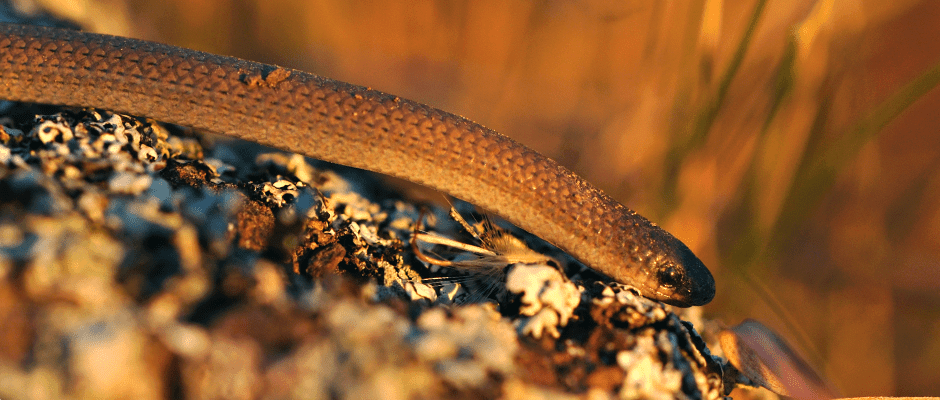Share this article
Publish and perish?
When scientists publish location information about endangered species, it’s not just other scientists who are reading it. They may be opening the door to poachers, wildlife photographers and curiosity-seekers coming to those sites, which may pose a threat to the animals.
“This is a massive problem,” said David Lindenmayer, a professor at Australian National University. “The illegal native wildlife pet trade is a major issue globally.”
In a recent essay published in Science, Lindenmayer and his coauthor Ben Scheele, a postdoctoral research fellow at Australian National University, explored how researchers who are publishing work on endangered or threatened species should take these threats into consideration.
Lindenmayer said he has seen examples of species as varied as Chinese cave geckos (Goniurosaurus Luii), Carnaby’s cockatoos (Calyptorhynchus latirostris) and roti island turtles (Chelodina mccordi) have their populations threatened after scientists published information on where they are found.
“Some of the animals we work on were being poached — and only because location records were published,” Lindenmayer said.
When scientists in New South Wales studied the pink-tailed worm-lizard (Aprasia parapulchella) and published survey data including location information on an online atlas, trespassers who were curious about the species and likely involved in the pet trade began showing up in areas where the team had been working with landowners to study the species, the authors wrote. This posed a threat to the species, Lindenmayer said, and it was a nuisance to the landowners who supported the study. Researchers worry these intruders will make landowners less supportive in the future.
He and his colleagues urged biologists to weigh the importance of publishing location data against these risks, even if that means “unlearning” parts of their publishing culture. This balancing act is already practiced in fields such as archaeology and paleontology, Lindenmayer said. Both fields “mask out records to protect fossil deposits and archeological digs,” he said.
Making research freely available encourages collaboration and interest in studies, Lindenmayer and Scheele wrote, but the risks are equally as important to consider. They suggest applying restrictions on what authors publish and masking databases with important site records, or publishing only broad location coordinates.
Header Image: Pink-tailed worm-lizards like this one in Australia had their populations threatened after researchers published their location data. ©John Slaney








